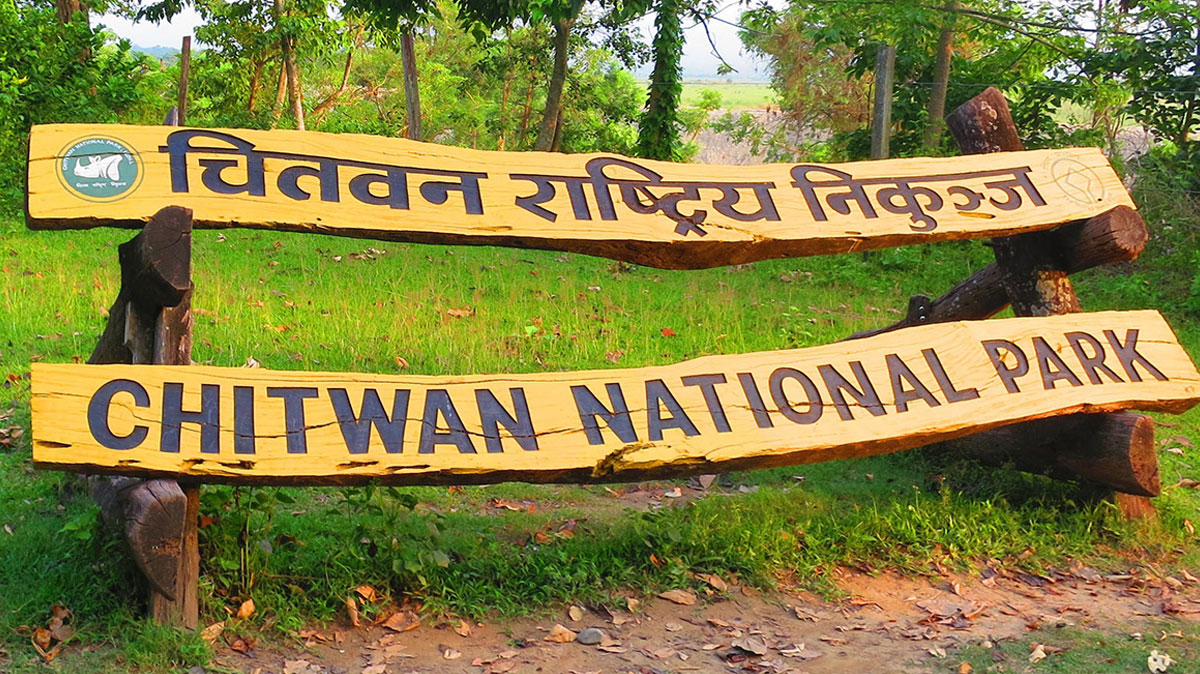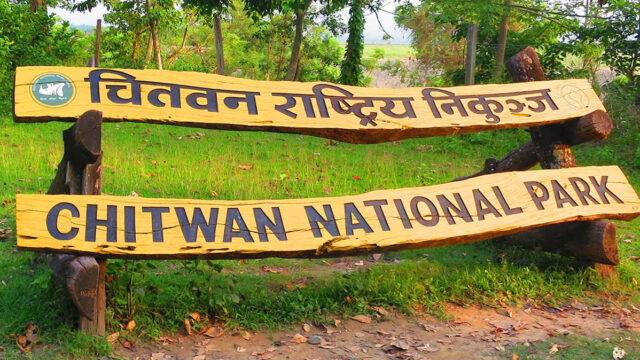Chitwan National Park, located in the subtropical lowlands of southern Nepal, stands as a beacon of conservation and biodiversity in the region. Established in 1973, it was granted the status of a UNESCO World Heritage site in 1984 for its rich flora and fauna, including rare species like the Bengal tiger and the greater one-horned rhinoceros.
History and Establishment
Initially known as the Royal Chitwan National Park, its creation was motivated by the need to protect endangered species and their habitats. Over the decades, the park has evolved into a vital center for research, education, and eco-tourism, drawing visitors and conservationists alike from around the globe.
Ecological Diversity
Spanning an area of 952.63 square kilometers, Chitwan National Park encompasses diverse ecosystems ranging from dense forests and grasslands to riverine and wetland areas. These habitats support a staggering array of wildlife, including over 700 species of flora and fauna.
Iconic Species
Among the park’s most iconic inhabitants are the majestic Bengal tiger, the endangered greater one-horned rhinoceros, Asian elephants, sloth bears, and over 500 species of birds, making it a paradise for wildlife enthusiasts and photographers.
Conservation Efforts
Chitwan National Park is a pioneer in conservation efforts in Nepal, focusing on habitat management, anti-poaching measures, and community engagement programs. These initiatives aim not only to safeguard endangered species but also to promote sustainable development in the surrounding communities.
Tourism and Visitor Experience
The park offers a range of activities for visitors, including jungle safaris, bird-watching tours, and guided nature walks. Lodges and resorts within and around the park provide comfortable accommodations while ensuring minimal environmental impact.
Challenges and Future Prospects
Despite its successes, Chitwan National Park faces challenges such as human-wildlife conflict, habitat degradation, and the illegal wildlife trade. Continued international support and local cooperation are crucial in overcoming these challenges and ensuring the long-term conservation of this natural treasure.
Chitwan National Park stands as a testament to Nepal’s commitment to biodiversity conservation and sustainable tourism. As it celebrates its rich natural heritage and looks towards the future, the park remains a symbol of hope and inspiration for conservation efforts worldwide.






